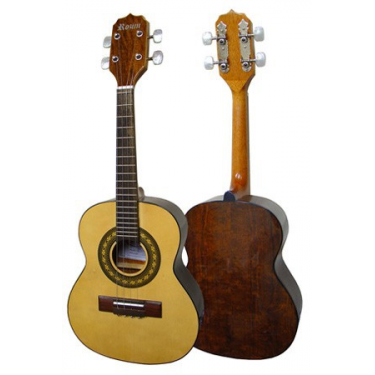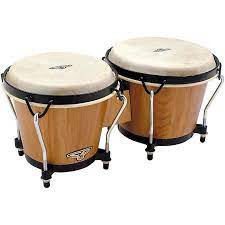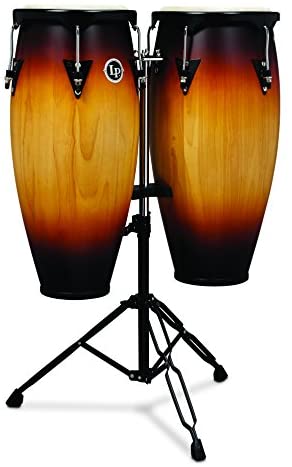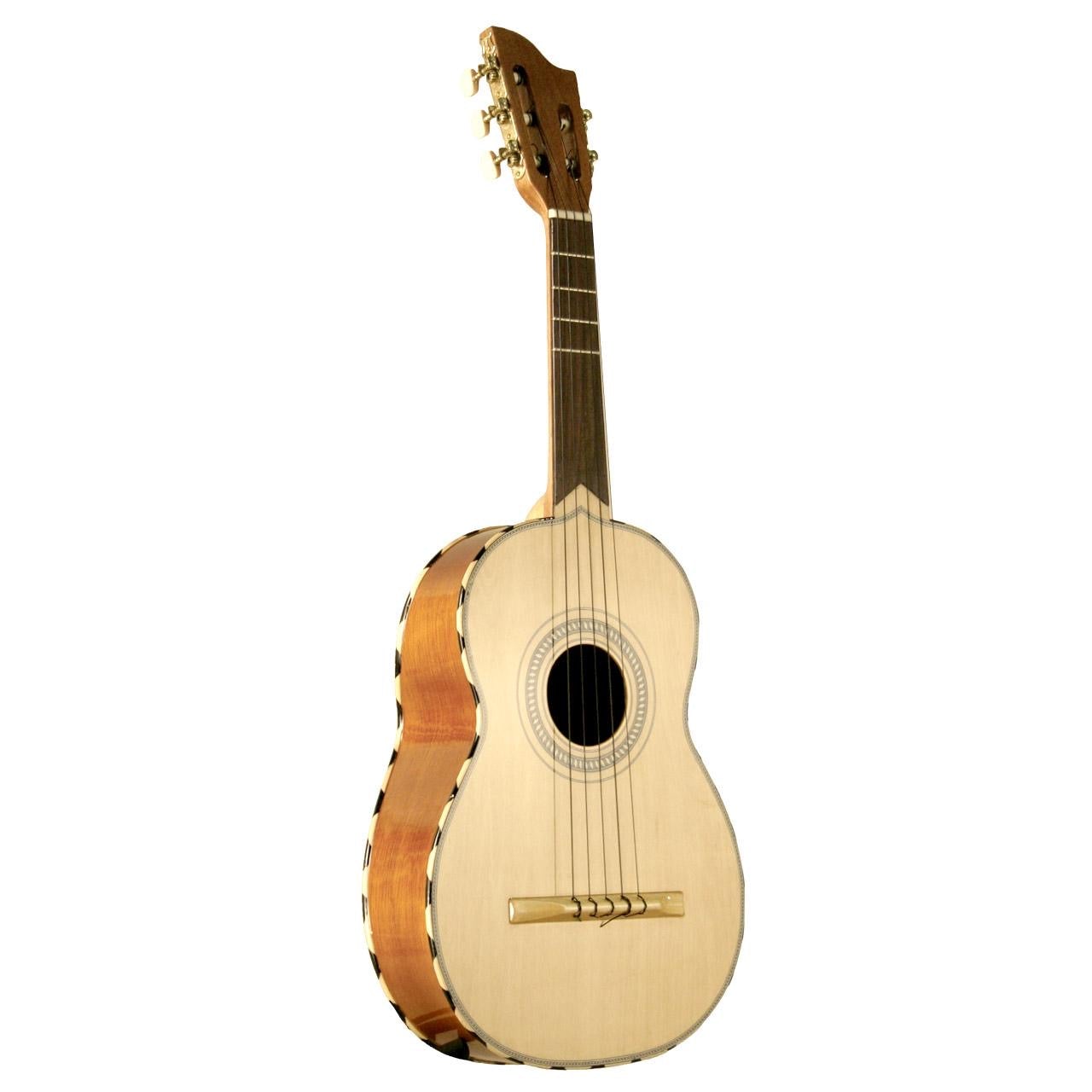
After the arrival of the Spanish and Portuguese in the New World, several different cultures began fusing together, creating a unique genre of music in South and Central America. This new "Latin American" culture (so called because, as Romance languages, both Spanish and Portuguese evolved naturally from Latin) was a synthesis of Native Pre-Columbian musical traditions with the musical traditions of Sub-Saharan Africa brought to the continent by the Atlantic slave trade, and combined with the musical traditions of Western Europe.
These cultures fused differently in different places, and Latin American music varies greatly by country. In Mexico, ranchera and mariachi music, featuring guitars, violins, trumpets, and singers became popular. In Cuba, salsa music became dominant. The genres of samba and, later on, bossa nova, developed in Brazil.
(As an historical note, not all of these genres were fully developed in the eighteenth century, so the musical examples here may be a bit anachronistic. However, in some form, many of these musical elements would have been nascent and recognizable.)
Salsa
Samba
Mariachi

A pair of metal bells fused together. One is pitched high and the other low.

A small Portuguese version of the guitar.

A ridged wooden instrument that is brushed with a wooden stick to make a sound that imitates a croaking frog.

Bongos are the small ones.

Congas are the tall ones.

The distinctively Mexican maracas are just one version of countless types of shaker used in Latin American music.

A Brazilian instrument made of a long wooden bow with a single string and a resonator gourd attached. It is usually played with a stick that has a shaker attached.

The vihuela is a Mexican guitar that comes in several different sizes.